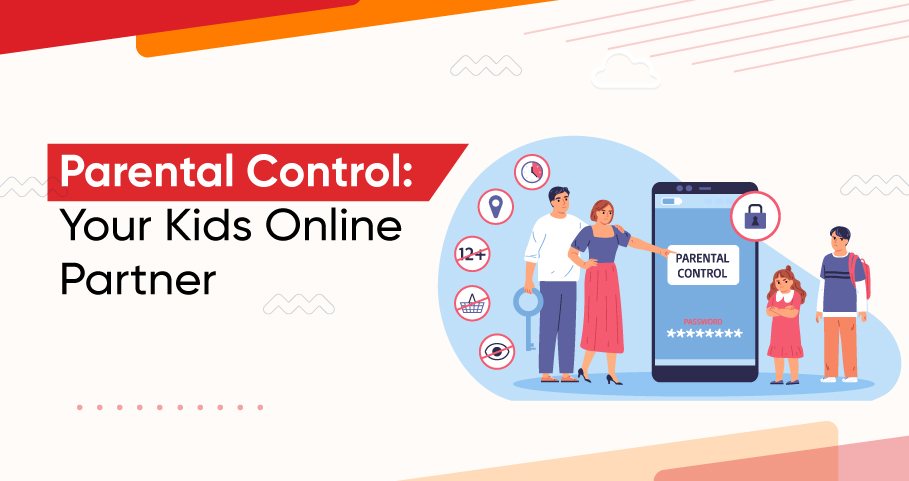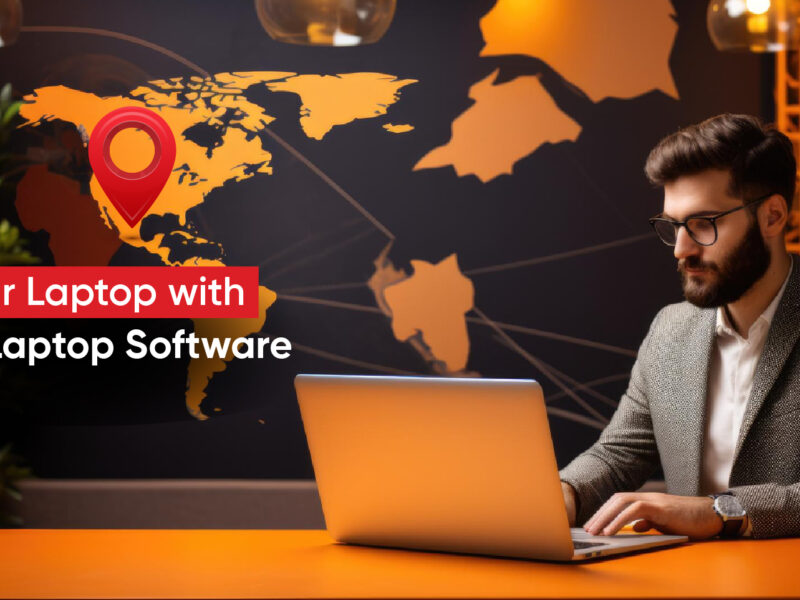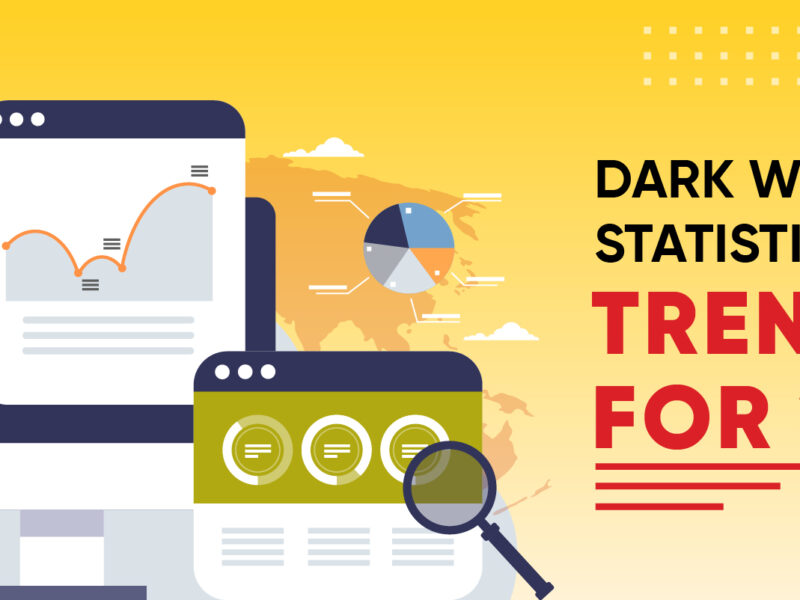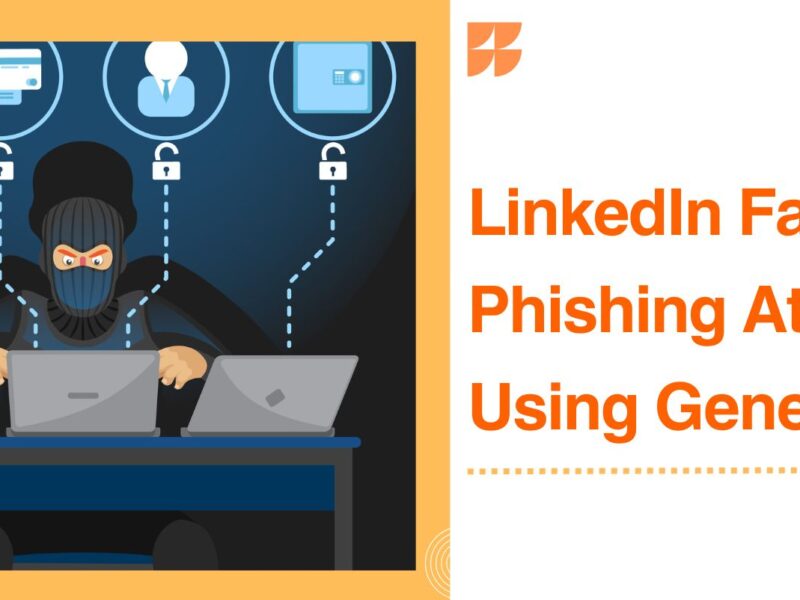
Deciphering the Need for Parental Controls: Recognizing 8 Key Indicators
Navigating the ever-changing digital landscape with your child is one of the most complex parenting challenges of our time. As your child grows and evolves, so do their online activities, interests, and friendships. These rapid transformations make parental controls a parent’s indispensable ally in ensuring their child’s safety and well-being in the digital realm.
According to a recent report from Common Sense Media, teens spend an average of seven hours and 22 minutes on their phones daily, while tweens (ages 8 to 12) average four hours and 44 minutes. This excludes time spent on schoolwork, emphasizing the significant amount of time children dedicate to exploring the digital world for entertainment and social interactions. This engagement has only increased since the pandemic, further highlighting the need for parental guidance and oversight.
Achieving a balance between screen time and responsible device usage is an ongoing challenge for parents. On one hand, your child’s device serves as a crucial link to their self-identity, peer acceptance, and emotional well-being. It provides access to educational resources, social connections, and opportunities for self-expression. However, this same device can also open doors to cyberbullying, exposure to inappropriate content, interactions with online predators, risky behavior, and self-esteem issues.
Parental controls offer a valuable tool to help parents navigate these complexities and strike a balance between the benefits and risks of their child’s online activities. By employing parental controls, parents can set limits on screen time, filter inappropriate content, monitor online activity, and establish clear guidelines for safe and responsible internet usage.
Parental controls empower parents to create a safer and more enriching digital experience for their children, allowing them to explore the online world with confidence and guidance.
Raising the Safety Bar
Parental controls are digital tools that empower parents to manage their children’s internet usage. These controls encompass content filters to block inappropriate content, usage limits to regulate screen time, and monitoring features to track online activity.
Many devices and platforms commonly used by families, such as Android and iPhone smartphones, social media networks like YouTube, and gaming consoles, come with built-in parental control features. However, dedicated parental control software provides a more comprehensive and sophisticated level of protection like Protegent Total Security Software which provides complete security and antivirus protection from all types of online threats.
If you, like many parents who stumble upon this blog, are navigating a challenging phase in your child’s digital life and are unsure of how to restore balance, you’re not alone. Seeking out the most effective parental control software and implementing digital safeguards is a wise step in addressing these concerns.
Here are 8 signs that it may be time for parental controls:
- Spending too much time online: If your child is glued to their screen and neglecting other activities, such as schoolwork, hobbies, and social interaction, it may be a sign that they are spending too much time online.
- Visiting inappropriate websites: Children can easily stumble upon websites that contain pornography, violence, or other harmful content. Parental controls can help you block access to these websites.
- Sharing personal information online: Children may not understand the risks of sharing personal information online, such as their name, address, or phone number. Parental controls can help you prevent them from sharing this information with strangers.
- Communicating with strangers online: Children may be targeted by predators who use online chat rooms and social media to connect with them. Parental controls can help you monitor your child’s online communication and block them from communicating with strangers.
- Downloading files without your permission: Children may download files that contain malware, viruses, or other harmful software. The software can help you prevent them from downloading files without your permission.
- Making in-app purchases without your permission: Some apps allow children to make in-app purchases without their parent’s knowledge or consent. Parental controls can help you prevent them from making these purchases.
- Showing signs of addiction: If your child is exhibiting signs of addiction, such as withdrawal symptoms, mood swings, or neglecting their responsibilities, it may be a sign that they are spending too much time online.
- Having trouble sleeping: The blue light emitted from screens can interfere with sleep. If your child is having trouble sleeping, it may be helpful to set limits on their screen time.
How Protegent Total Security Can Help
Protegent Total Security Software is a comprehensive parental control solution that can help you protect your child online. Among its features are:
- Filtering of websites: Block access to inappropriate websites.
- Time Limit: Set time limits for your child to spend online.
- App management: Manage which apps your child can use.
- Location tracking: Track your child’s location.
- Monitoring: Monitor your child’s online activity.
Protegent Total Security is easy to use and can be installed on your child’s computer, tablet, or smartphone. A variety of operating systems are compatible with it as well.
In addition to using parental controls, you can also take other steps to protect your child online, such as:
- Talk to your child about online safety: Teach your child about the risks of sharing personal information online and communicating with strangers.
- Set clear rules and expectations for online use: Let your child know what is and is not acceptable in online behavior.
- Monitor your child’s online activity: Keep an eye on what your child is doing online and intervene if you see anything that concerns you.
- Use a strong password: To enable two-factor authentication on your child’s online accounts. By doing so, unauthorized access to their accounts will be prevented.
- Be a good role model: Set a good example by using technology responsibly and showing your child that there is more to life than spending time online.
Understanding and responding to these signs by implementing parental controls is a proactive approach to creating a secure online environment for children. Parental control solutions, such as Protegent, stand as invaluable software in supporting parents in navigating the intricacies of the digital world while safeguarding the well-being of their children. By following these tips, you can help protect your child from the dangers of the online world and ensure that they have a safe and positive online experience.




